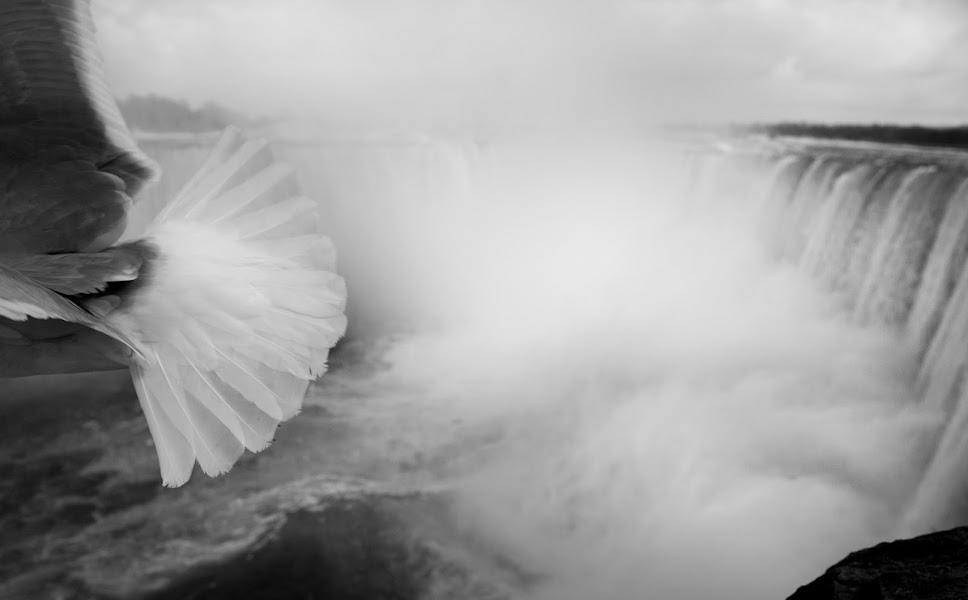I recently completed a story on children at Toronto's
Bloorview Kids Rehab hospital who were recovering from acquired brain injuries.
The subsequent audio slideshows, in six chapters, is called
"Recovering with grace."
The project was shot over a period of about a month. I would say that in all, I spent only about twelve days at the hospital, hanging out with the kids and their families. The amount of freedom and trust I was given at Bloorview was phenomenal! Thank you Louise! and Peter! Of course, the first couple of days I shot very little, and some of the final visits were to get some last missing images, or some audio that I hadn't gotten earlier. But the staff, families, and especially the kids were an absolute joy to be around. When you first walk into a hospital that is filled with children who have disabilities it can be very depressing. But after spending some time at Bloorview, I was quickly inspired by the courage, and the determination of everybody around me. It is not a sad place, but somewhere with a promise of hope to everybody who spends time there.
Thanks to Moe Doiron, I was able to commit the time that was needed to pull this story together in a relatively short time. Thank you! Thank you!
The audio slideshows were put together by Jayson Taylor and myself. He's highly motivated and a hard worker - always eager to learn. It was a great experience working with him! Chris Manza, one of our web gurus, designed the web interface, and worked closely with Joe Weiss all during the production week, to
debug Soundslides Plus. As Joe says,
Soundslides Plus is "ridiculously easy storytelling" but as we found, for what we wanted to do with it, there was some tweaking to be done. However, those two guys hammered away all week, and got it working smoothly. Chris deserves a ton of credit for his efforts. Everybody was super pleased with the presentation of the story on the web. I didn't even know Chris before this started, and I basically just asked one day, "Can we do something like....?" to which he replied, "Sure. Let's do it!"
We produced the six separate soundslides shows over a four day period. I have to say that the hardest aspect of this new medium is learning how to collect audio. This includes how to get clean sound, how to properly conduct an interview, when to shoot, or not, etc. It's pretty much like a new photographer shooting too much stuff to get one good image. I collected way too much audio, much of it poor, and this made the editing process that much more difficult. Like anything, this skill should improve over time, and the efficiency will improve. I'm hoping that the production time on the next one will be halved.
Right now I'm using an Olympus voice recorder for my audio, with a clip-on mic, or a small fuzzy mic. It's not the best thing for the job, but again, as we do this more, I think we'll progress to some higher quality equipment. In any case, make sure you get your mic away from the recorder. It will make a huge difference in your quality. I'm hoping to be able to use the
Edirol R-09 in the future. I've heard some good things about this particular model.
We rolled the stories out over the five day period for two reasons. I knew that one slideshow would be way too long to hold the readers' attention. Still, they could perhaps be shorter individually, but again, it's a learning process. As individual shows, or chapters, I hope they were small enough to be tolerated. Also, as we all know, space in the newspaper is always at a premium, so the easiest way to give a bit of a personal touch to each story was to spread them out. The editors were again great at the Globe, and gave it just enough space to work. I certainly can't complain about the Monday edition and I was very pleased with the job the designer did - all week. Thanks Cinders, and Roger too!
I had to apologize at one point during all of this, because we kind of turned the tables on the writers and didn't bring them onboard until nearly the end. It wasn't planned that way, but that's how it ended up. As it was Hayley Mick was only given a week to play catch-up with me and she did a fabulous job! I've spent my entire career harping about getting photographers involved sooner, and here I go and do just the opposite myself!
Looking back on this, I know there are several areas that can and should be changed next time round. Like I said, it's a learning process.
But as a photographer, I have to say that the entire process of pitching this story, shooting it, editing it, working with editors, the designer, the web gurus, etc. and seeing it finally published in the paper, and on the web, was extremely professional, and satisfying.
As with all of the stories I work on, I hope first and foremost, that I was able to tell a story that is true to the people who allowed me into their lives. We can all best repay their trust, and belief in what we do, with accurate, sensitive story telling.
My work, and the production of it can always improve, but as long as I've been able to tell a story that is important to tell, then perhaps I'm on the right track.









